Tired of unsightly bare spots ruining your lawn? Learn quick and easy ways to repair them and keep your yard lush and green.
Repairing bare spots in your lawn doesn’t have to be time-consuming. These simple steps will restore your yard and keep it looking pristine.
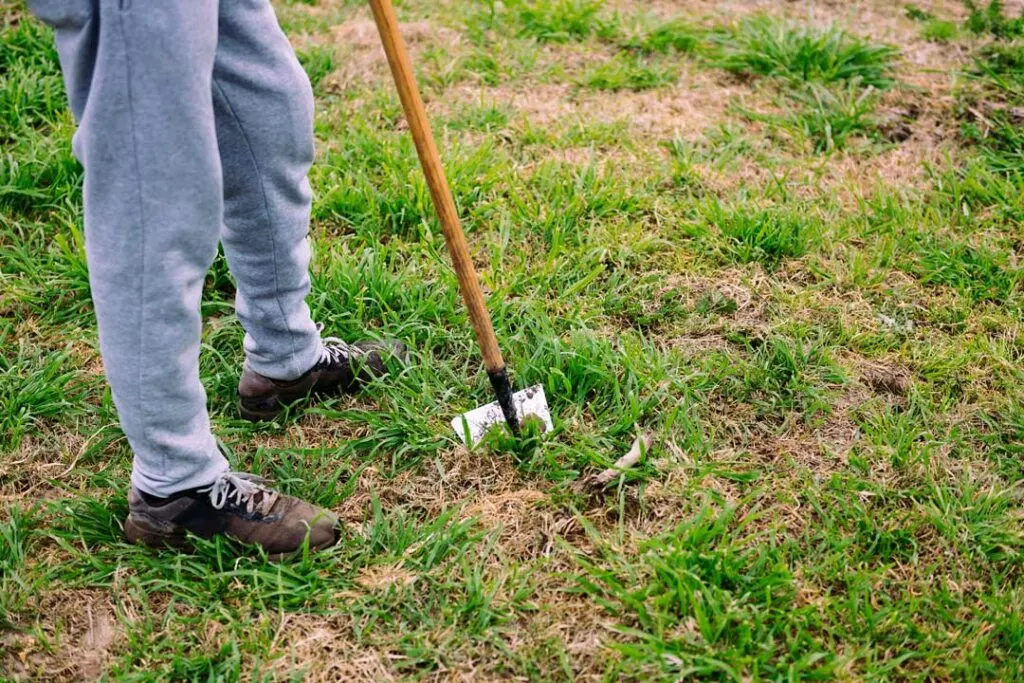
How to Repair Bare Spots in Your Lawn: A Busy Parent’s Guide
Maintaining a neat lawn might seem straightforward, but for busy parents, it’s often anything but easy. Balancing work obligations, childcare, and daily household tasks leaves little time for tending to minor yet important details like repairing bare spots in the lawn.
Children and pets can further damage grass through play and running, adding to the natural factors that affect its appearance, resulting in unsightly dry patches that disrupt the yard’s overall look.
However, don’t lose hope—there are quick and effective solutions that require little effort and deliver speedy results. In this article, we’ll provide a simple guide for fixing bare spots in your lawn without demanding too much of your time.
Understanding Bare Spots in Your Lawn
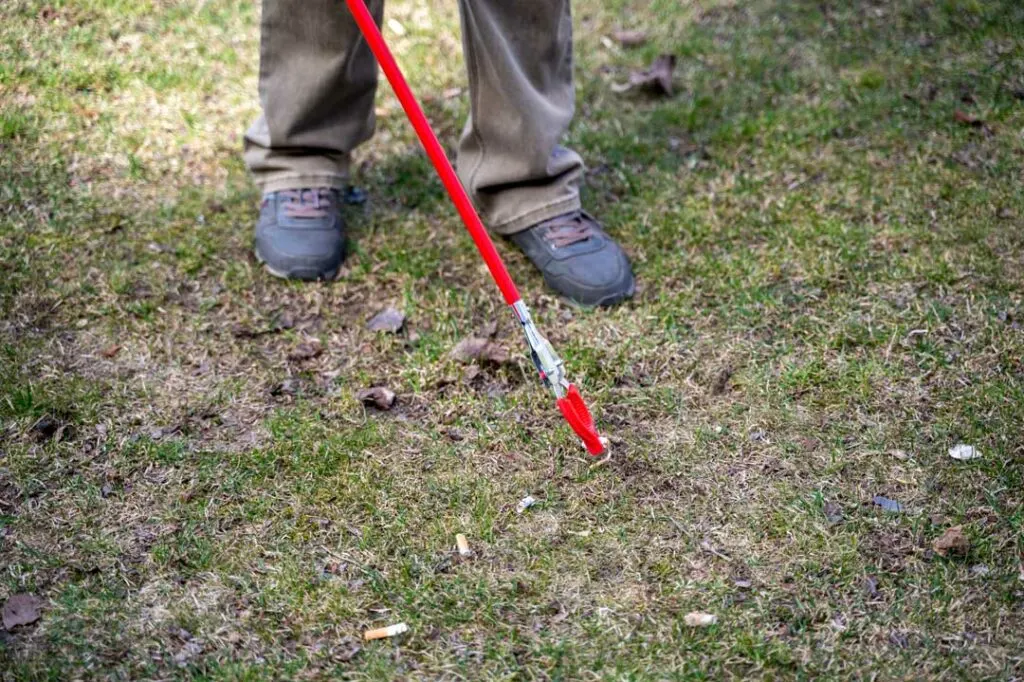
Bare spots in your lawn can appear for various reasons, and understanding them is key to successfully repairing and maintaining a healthy lawn in the long term. One of the most common causes is heavy foot traffic, mainly if the yard is frequently used by children and pets who run, dig, and explore
. These activities leave lasting marks, creating bare areas where grass can no longer grow properly.
Additionally, pests and diseases often damage roots and blades, resulting in dry, lifeless patches on the lawn. Another significant factor affecting grass health is the lack of sunlight or poor soil quality. Lawns in shaded areas, under trees, or near buildings may struggle to grow due to insufficient light. Similarly, soil lacking nutrients, being overly compacted, or having improper pH levels make it harder for grass to thrive and retain its lush appearance.
Identifying these causes is the first step toward effectively addressing the problem of bare spots.
Identifying the Root Cause
As previously highlighted, to successfully repair bare spots in your lawn, you must first identify the root cause. A quick inspection can help pinpoint what’s causing the damage. Examine the bare area for signs of pests, such as grubs or ants, or evidence of disease, like discoloration in the grass or fungal patches.
If the bare spots are in shaded areas or places with compacted soil, the cause could be a lack of sunlight or poor soil quality. A simple pH and nutrient test can reveal whether the soil is too acidic, alkaline, or nutrient-deficient if you suspect soil issues.
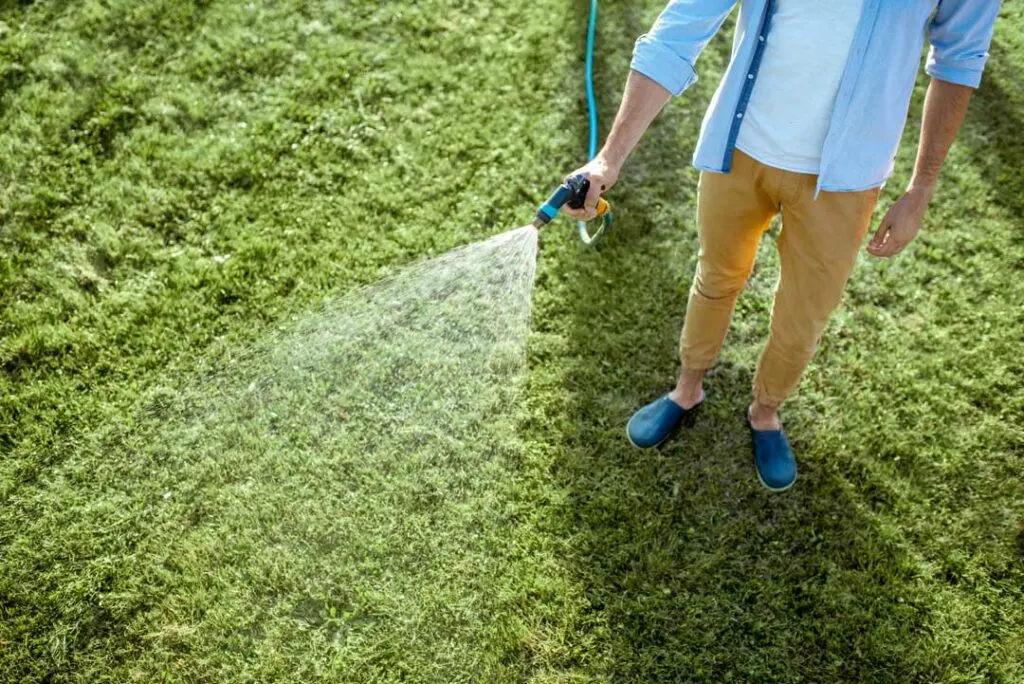
These tests are available at garden supply stores or online and require only a small soil sample.
Additionally, pay attention to wear patterns—if the bare spots are near paths or areas where children and pets frequently play, heavy foot traffic may be the main culprit. Addressing the underlying cause before attempting repairs is crucial because unresolved issues will make any attempt to fix bare spots temporary and ineffective in the long run.
By eliminating causes like pests, poor soil quality, or redirecting traffic away from affected areas, you ensure the grass can regrow and the problem won’t recur.
Preparing the Bare Spot for Repair
The first step in repairing bare spots is thoroughly cleaning the area. Remove debris such as twigs, stones, and dried leaves, as these can obstruct new grass growth. Pay special attention to dead grass and weeds—removing them ensures that grass seeds or sod have direct contact with the soil, which is essential for successful growth.
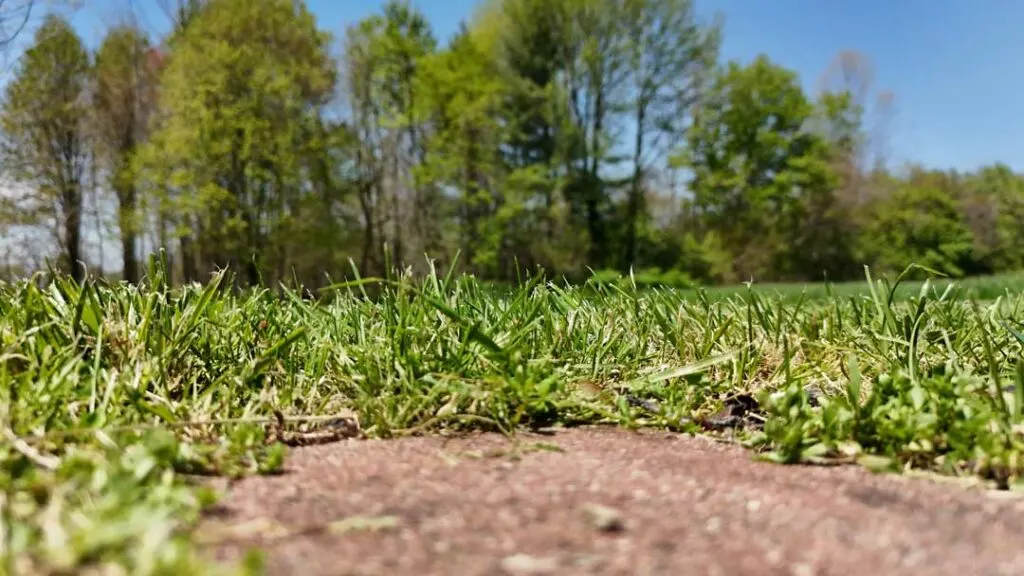
After cleaning, loosening the soil is necessary. Compacted soil can prevent water, air, and nutrients from reaching new grassroots. Use a rake or a small garden tiller to break up the topsoil for larger areas. This process helps seeds or sod adhere better and provides a healthy base for new growth. Proper soil preparation significantly increases the chances of successful lawn restoration.
Testing the Soil
Soil quality plays a key role in lawn health, with pH levels and nutrient availability being the primary factors to consider. The pH level determines whether the soil is acidic, neutral, or alkaline, with an ideal range for most lawns between 6.0 and 7.0. If the soil is too acidic or alkaline, grass will struggle to absorb the nutrients needed for growth. Similarly, nutrient-deficient soil, lacking nitrogen, phosphorus, or potassium, can result in poor root development and bare spots.
For busy parents, soil testing doesn’t have to be complicated. Simple kits are available at garden supply stores and provide clear instructions with results in just a few minutes. Many garden centers also offer quick and affordable soil analysis services. Once you have the results, you can easily find suitable fertilizers to rejuvenate your grass, which only need to be applied a few times a year.
Quick Fixes for Repairing Bare Spots
There are three simple and effective ways to repair bare spots in your lawn: using grass seed, sod, and lawn repair mixes.
Seeding
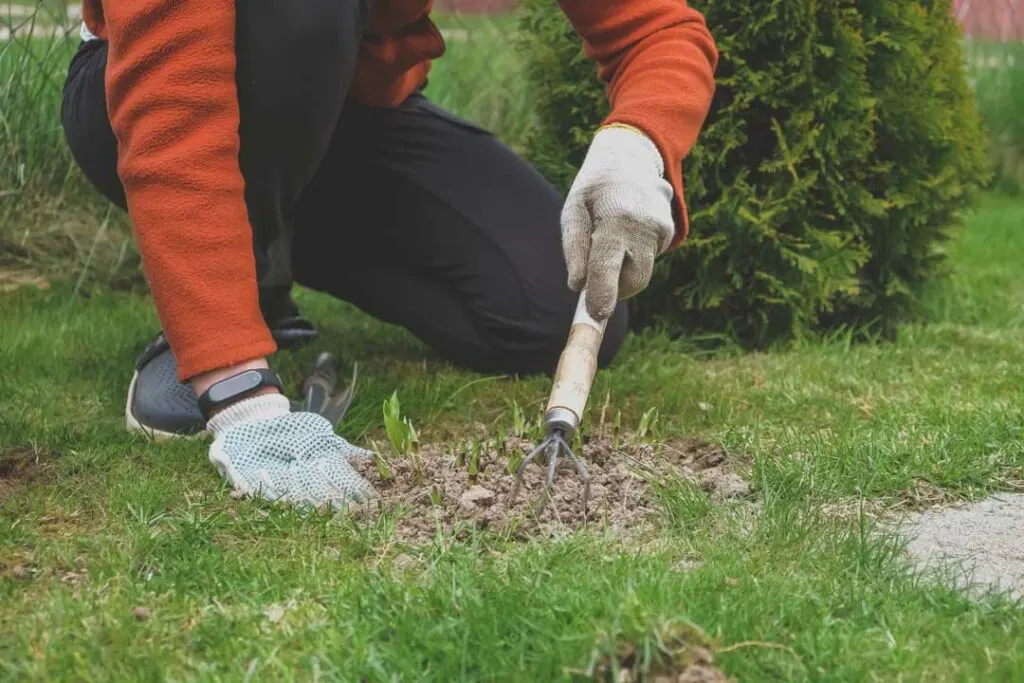
One of the most cost-effective and efficient ways to repair bare spots is using grass seed. The first step is selecting the seed that matches your lawn type and local climate conditions.
For example, choose seed varieties that tolerate low light if your lawn is often in shade. For heavily used lawns, opt for grass types resistant to wear and tear.
Once you’ve selected the right seed, even distribution is key to achieving uniform grass growth. A seed spreader is recommended, but careful hand-spreading can yield good results. Cover the seed lightly with soil or mulch to protect it from wind, rain, and birds. This layer also helps retain moisture, which is essential for germination. With proper preparation and careful seeding, you can quickly restore the lush look of your lawn.
Installing Sod
Sod is the ideal solution for those wanting quick results. Unlike seed, sod provides immediate coverage for bare spots, giving your lawn a healthy, lush appearance in the shortest possible time. This makes it an excellent option for busy parents.
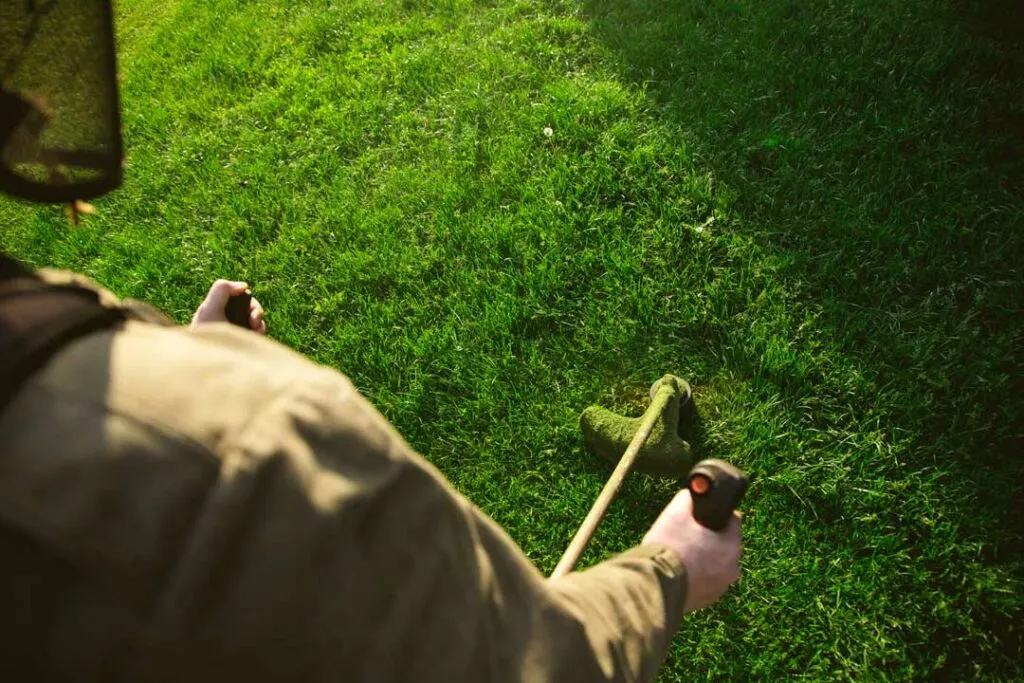
Here’s a step-by-step guide for installing sod:
- Prepare the Soil: As with seeding, start by clearing the area of debris, dead grass, and weeds. Loosen the soil with a rake.
- Measure the Area: Measure the bare spot to ensure you purchase enough sod.
- Choose the Right Sod: Select sod that matches your existing lawn in type, color, and texture, and ensure it’s suitable for your climate.
- Install the Sod: Lay the sod on the prepared area and press it down gently to eliminate air pockets and ensure good soil contact.
- Water Thoroughly: Water the sod generously to encourage quick rooting. Keep the area moist for the first few weeks without overwatering.
- Maintenance: Avoid walking on the newly laid sod for about two weeks to allow it to establish.
Lawn Repair Mixes
Pre-mixed lawn repair solutions are another option for fixing bare spots. These mixes typically include grass seed, fertilizer, and mulch, making them a convenient all-in-one solution. They’re especially effective for smaller areas or when you want to minimize effort.
Maintaining the Repaired Area
Proper lawn care is critical for successful growth and longevity after repairing bare spots. Maintain adequate soil moisture, but avoid overwatering, which can lead to root rot and nutrient loss. Water lightly and evenly to allow seeds to absorb moisture without pooling, which can encourage diseases. Early morning or late afternoon is the best time to water.
Set up temporary barriers like small fences or nets to protect the repaired area from disturbances. In high-traffic areas, consider creative solutions like wooden pathways or temporarily redirecting foot traffic.
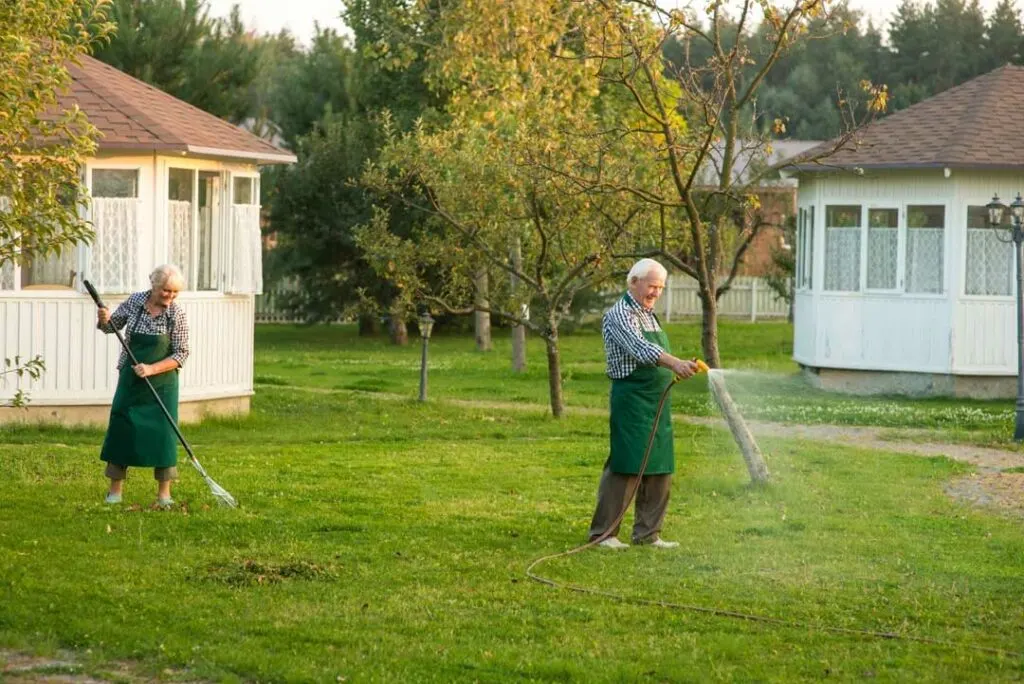
Regular monitoring will help you address issues quickly. Look for signs of discoloration, dry patches, or poor growth, and take corrective action as needed. Light reseeding or applying mild fertilizer can ensure a healthy and resilient lawn.
Preventing Future Bare Spots
Implement preventive measures to keep your lawn dense, healthy, and resistant to damage to prevent bare spots in the future. Aeration creates small holes in the soil to improve airflow, water penetration, and nutrient absorption. This helps prevent soil compaction and promotes healthy grass growth. Perform aeration in the spring or fall, followed by overseeding for added lawn renewal.
Install pathways or designated play areas for children and pets to reduce wear and tear. Durable grass varieties like Bermuda and Zoysia are excellent choices for high-traffic lawns. They require minimal care while maintaining a robust and attractive appearance. Choose grass types suited to your climate and lawn needs to ensure long-term success.
Fix Lawn Bare Spots Fast: Easy Tips for Families
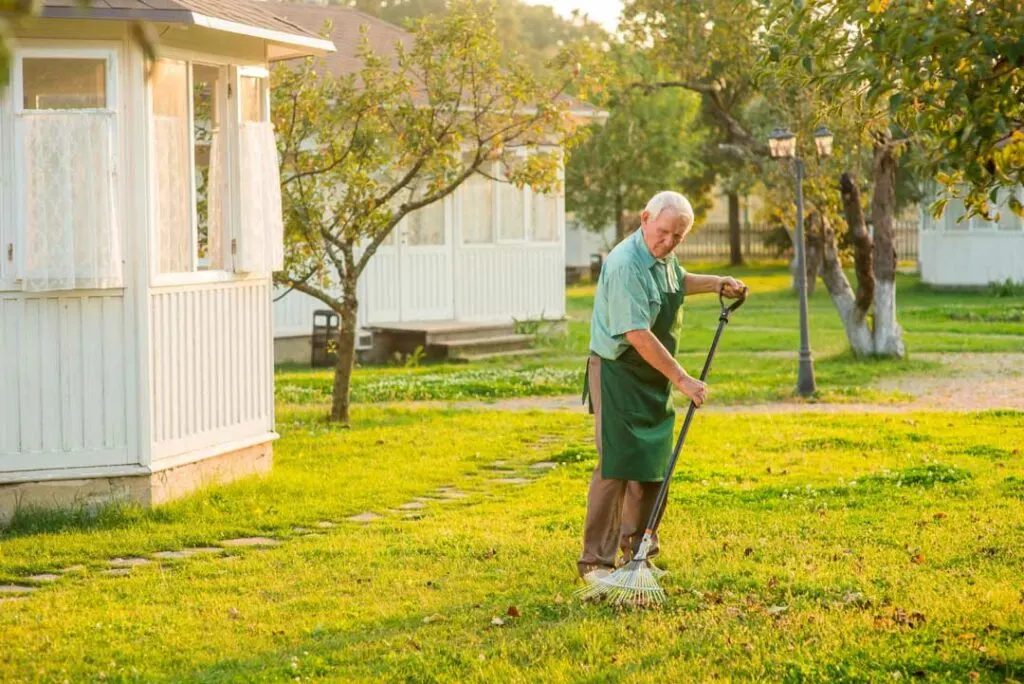
Maintaining a healthy, lush lawn doesn’t have to be a challenge, even for busy parents. By using quick and effective solutions like proper seeding, sod installation, or pre-mixed repair solutions, you can quickly fix bare spots and restore your lawn’s appearance.
Remember ongoing care—proper watering, protection from foot traffic, regular monitoring, and preventive strategies will help maintain a beautiful lawn that provides the perfect space for family fun and relaxation year-round.
Repairing bare spots in your lawn is easier than you think. With proper preparation, quick fixes like seeding or sod, and consistent care, you can restore your lawn’s beauty in no time.
Prevent future bare spots by addressing root causes, maintaining soil health, and managing traffic. A lush, green lawn is possible—even for the busiest parents!
Common causes include foot traffic, pests, diseases, poor soil quality, and lack of sunlight.
Use grass seed, sod, or pre-mixed lawn repair solutions depending on your needs and time availability.
Aerate the soil, use durable grass varieties, and redirect heavy traffic areas with pathways or designated play zones.
Yes, with simple tools and solutions like seed, sod, or repair mixes, most homeowners can fix bare spots on their own.
Grass typically germinates within 7-14 days, but it can take a few weeks for full coverage depending on the method used.

Jessi is the creative mind behind The Coffee Mom, a popular blog that combines parenting advice, travel tips, and a love for all things Disney. As a trusted Disney influencer and passionate storyteller, Jessi’s authentic insights and relatable content resonate with readers worldwide.
